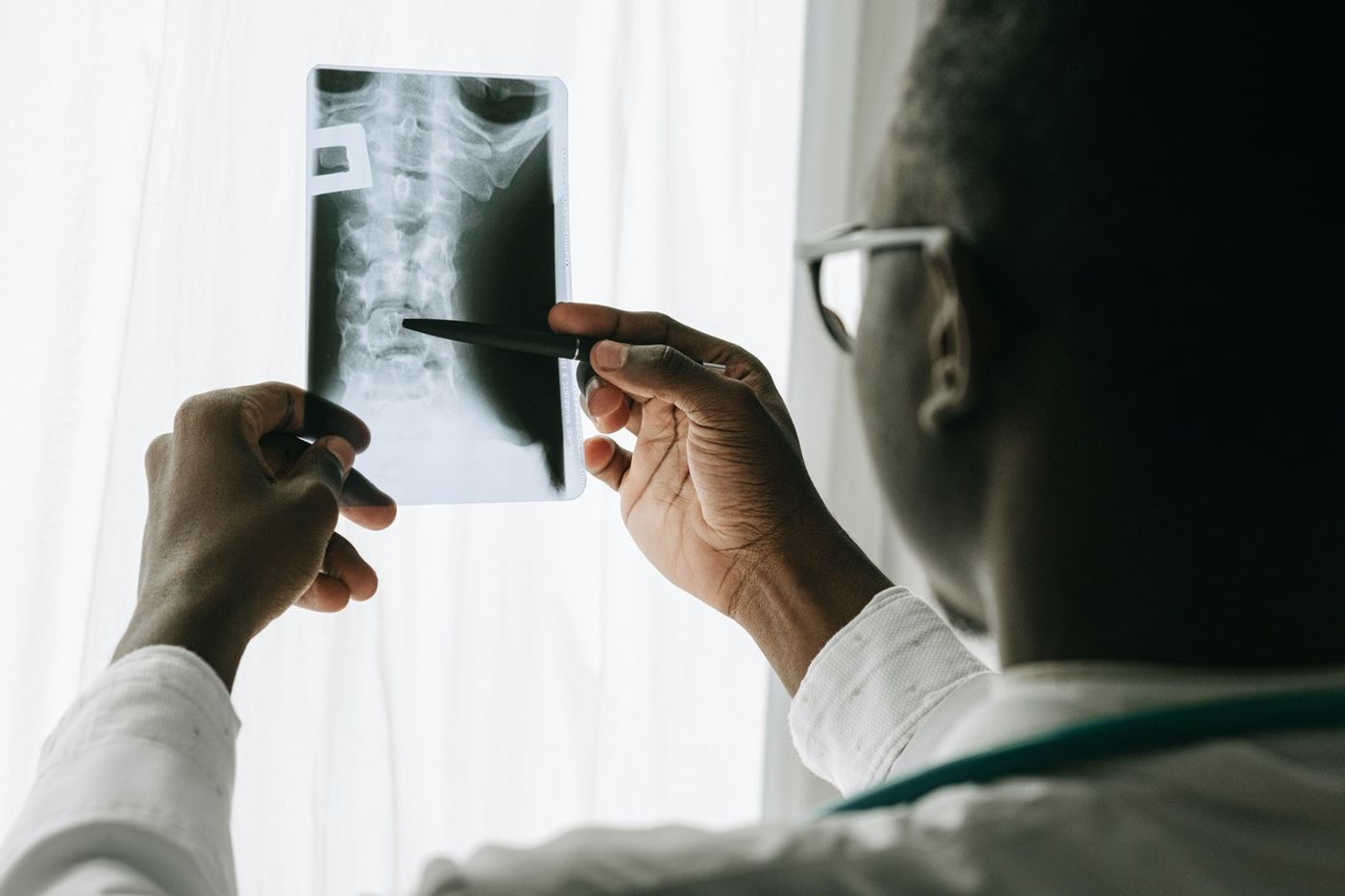Routine Diagnostic Tests Linked to a 59 Percent Increase in Testicular Cancer Risk
New research has revealed that exposure to radiation from diagnostic procedures such as X-rays could contribute to an elevated risk of developing testicular cancer. The University of Pennsylvania’s Katherine L. Nathanson was the senior author of the study, published in PLOS ONE.
“The steady rise in testicular germ cell tumor (TGCT) cases over the past three or four decades suggests there is an environmental exposure risk at play, but no definitive risk factor has ever been identified,” commented Nathanson.
The data gathered by Nathanson and the team suggest that the repeated exposure to diagnostic radiation to the lower half of the anatomy contributes to an increased risk of TGCT incidence.
High-energy radiation, including x-rays, can lead to cancer by damaging cells’ DNA. Despite having protective repair mechanisms to remove and replace these damaged DNA segments, over time, genetic mutations can accumulate and lead to malignancies.
Testicular cancer is relatively rare and makes up only around 1 percent of all cancers in men. However, among young men aged between the ages of 15 and 40, testicular cancer is the most commonly diagnosed malignancy, with TGCT accounting for many of these cases. An estimated 9,500 cases of TGCT will be diagnosed by the end of the year.
Nathanson and team conducted a study that observed nearly 1,300 adult men with and without a testicular cancer diagnosis, gathering information on various risk factors for cancer development through surveys. Tissue biopsies of testicular cancer masses were also collected.
Analysis of the data highlighted that those participants who reported at least three exposures to X-rays and CT scans below the waist correlated with a 59 percent increase in testicular cancer risk compared to men who did not undergo such diagnostic procedures.
“If our results are validated, efforts to reduce medically unnecessary and avoidable testicular exposure should be considered, in part through efforts to reduce radiation dose and optimize shielding practices when appropriate,” wrote the authors.
Sources: PLOS One, Penn Medicine News.









